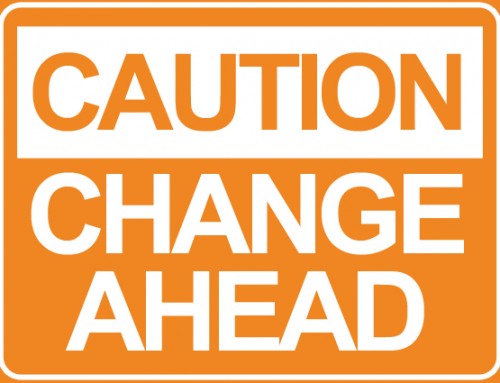In 2009 I decided it was high time that I wrote the story of Scores on the Board.
The book recounts a story about a struggling coach who was roped into coaching the local junior soccer team. But this book wasn’t just about soccer – it was about developing leadership skills that enabled a team to achieve exceptional results.
These results were made possible due to a simple five part system that manages to improve employee productivity, work quality, customer experience and loyalty, and sales and profitability.
The system is called Scores on the Board, and today I am going to offer you a unique look into what makes it so successful.
The system is made up of 5 parts:
- Vision
- Goals
- Feedback
- Gap analysis
- Actions
The great thing about this system is that it can be implemented in so many different ways. Whether you are trying to build skills, teams or businesses, the system is flexible.
Let’s take a closer look at each stage of this system.
Scores on the Board – 5 Part System
Vision
A team with a united vision is one that is a high performer. A united vision enables and provides a common ground to entrench a drive in the team members in order to achieve this vision. This drive means that team members have an emotional investment in the vision, which in turn, means they will strive to achieve the vision set. Visions are important as it gives team members an idea of what is wanted of them. A vision is essential for your team, skills or organisation as it enables you to develop goals, objectives, and importantly enables the team to remain focused and engaged in their work.
Goals
Similar to vision, goals enable the drive in team members. However, goals are often smaller and more attainable in working on a short term basis. In the long run goals are critical in the process of working towards the organisations ‘vision’. Goals provide clarity to a team of what is expected of them, it also gives a team motivation, feedback and satisfaction by achieving these smaller goals.
It is important that goals are SMART (Specific, Measurable, Achievable, Realistic and Timely) to ensure that the goal expectations are understood by team members.
When it comes to Scores on the Board, goals are expressed in a score out of 10 (1 being the lowest and 10 being the highest) – “By the end of the financial year, our organisation will be operating with a 8.5 out of 10 for customer satisfaction rate, a 9 out of 10 for employee engagement, and a 8 out of 10 for organisational effectiveness”.
Feedback
Receiving feedback is critical to your organisations process. Feedback gives you information to evaluate your performance to date. It is recommended that team members regularly gather feedback from internal and external stakeholders to ensure that goals and expectations are being met.
When using the Scores on the Board system, we recommend feedback being given a rating of performance out of 10. These ratings give insights to the organisation and team members of their progress and what they can strive to improve.
Gap Analysis
Gap analysis is another important aspect when it comes to achieving your organisational vision. A team would ideally compare where it currently is (this is identified from the feedback received from internal and external stakeholders) to where it wants to be (the team goals and vision).
When looking at your feedback and goals, it is important that you identify the cause of any gap(s) and to determine strategies to minimise or eliminate those causes.
Scores on the Board recommends separating the causes into two groups: those which the team can directly fix, and those they cannot. The team must then only focus on the causes which they can fix or minimise, as it is a waste of time dwelling on the things they cannot change. Team leaders will direct the gap causes they cannot directly change to those that can help with developing a solution.
The final gap analysis completed by the team will have a conclusion that notes ‘the cause of the gap between our desired and actual score for ……………… is ……………….’ By identifying a gap that can be changed by team members, you enable your team to form a basis of an ‘action’.
Action
Once the team has reviewed feedback and identified gaps between current and desired levels of performance, it is time for the team to identify the actions they will take to bridge the gap.
This action plan will directly tackle the causes of the gap(s) that are within the team’s control. The action plan will be identified and created in a team meeting, so that all team members understand and know what is expected of them.
It is important that action plans are not too complex and are pragmatic, specifically designed to eliminate the gap(s) between the team’s goals and current performance.
An example of ‘bridging the gap’ would be if an organisation was receiving a feedback rating of 6 out of 10 for customer service due to incorrect information being relayed back to customers. A plan of action to combat this would be to create a work intranet for employees with all the latest and correct information available to them so that they all remained informed on the current and correct information. This would improve the feedback from customers and the organisations customer service rating.
To find out more about the Scores on the Board system and to arrange for a senior consultant to speak with you regarding Scores on the Board, visit www.scoresontheboard.com!






